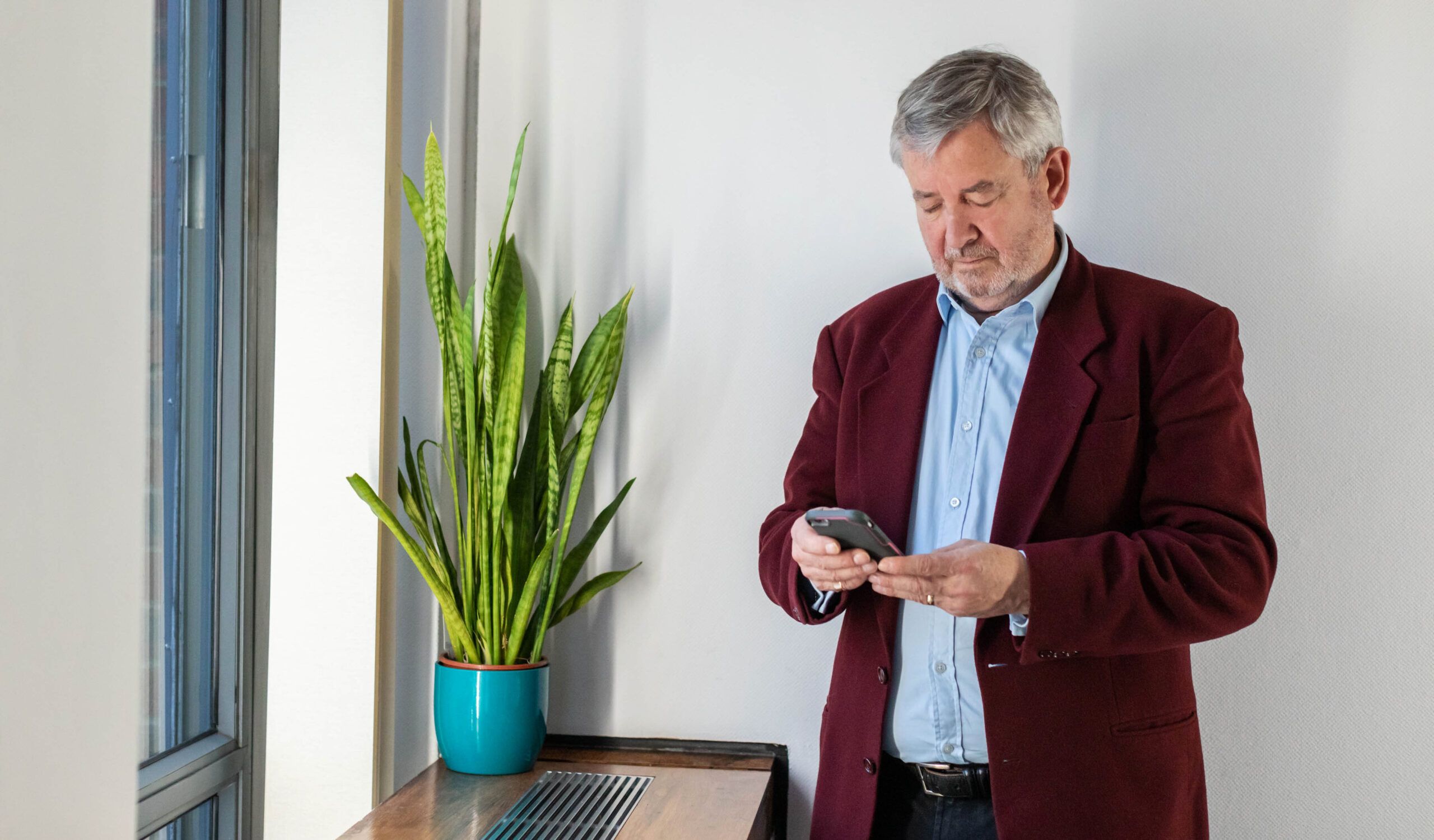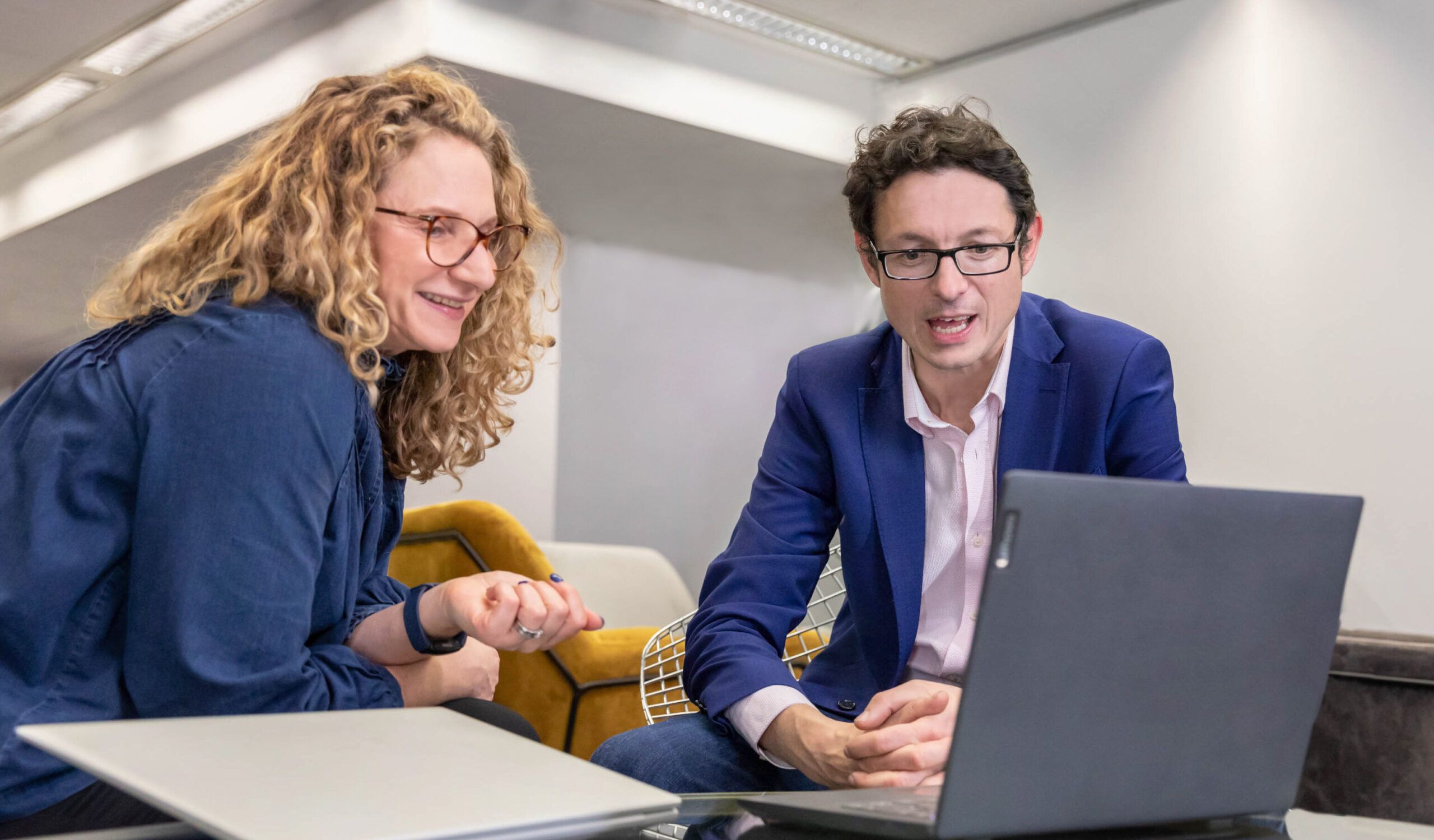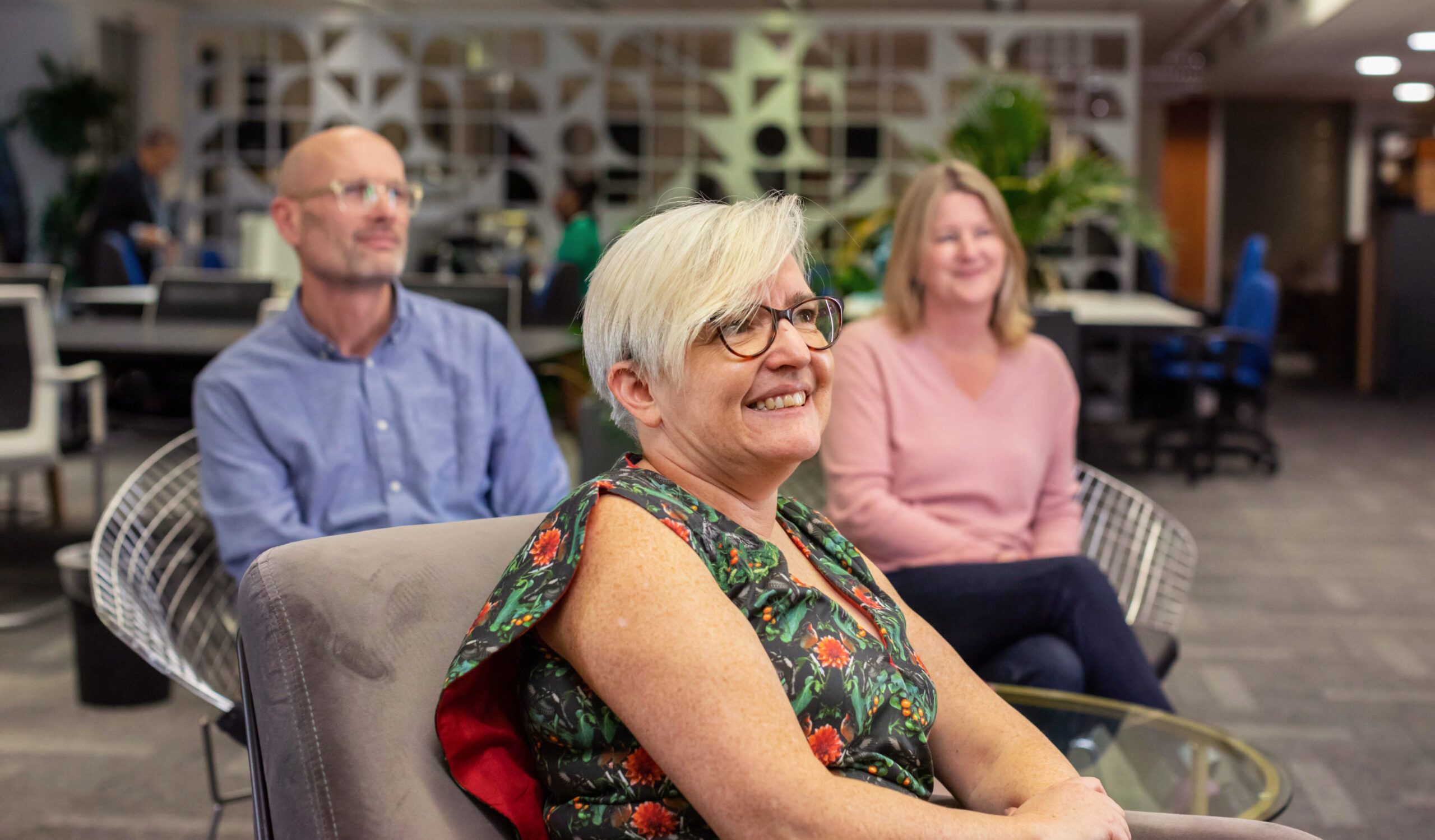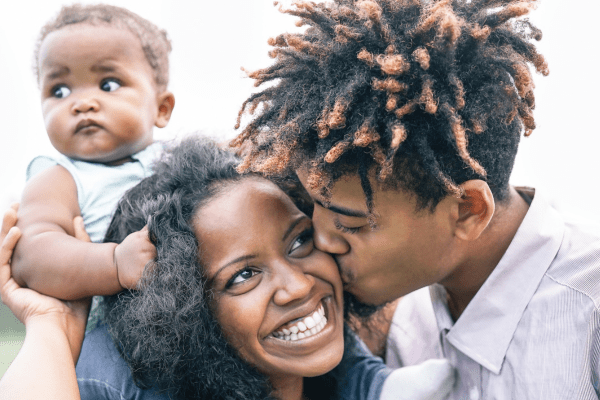Project
The merger of the EIF and WWCSC had several key digital components that needed to be put in place including reviewing and making recommendations on different systems and productivity suites.
What Works Children Social Care did first-hand research for the Department of Education handling relatively sensitive data and was part of a new network of fast-moving innovation agencies growing out of Nesta. They had a startup innovation approach using Google Workspace as their backbone with several other interoperable systems mimicking the culture of a digital agency.
EIF was longer established and used external research to identify interventions and evidence for government. They had more of a rigorous and traditionally risk-averse approach to data management and used Microsoft tools and supporting systems.
Project Issues
Priority management was necessary due to four identifiable issues which could impact project progress and completion:
- Both organisations liked their existing solutions, and there was reluctance to agree on a single platform
- A need to continue with business as usual while planning and implementing the necessary changes
- Differences in culture, approach, and business models between the two organisations impacting everything from personal perceptions and skills to functionality required
- The future strategy and business model would impact their plans and what work platforms were most suitable.
Solution
As digital lead, Marc had completed many digital change projects that required capability assessment and system recommendations. He met the core HR, Operations, and IT leads to build an overview of goals, requirements, risks and issues and refine the questions, people to talk to, and documents to review.
Following these meetings, Marc connected with representatives of the wider team to understand their wider perspectives, requirements, concerns and risks and gathered information about roles, task goals, tools used and potential outcomes.
He noticed a distinction in culture, approach, and business models between the two organisations, which impacted the levels and ranges of digital skills available and defined the functionality of systems needed to achieve personal objectives and organisational goals.
In order to come up with an unbiased solution, Marc created a set of standards to evaluate different core platforms. They were compared using these criteria and then categorized based on their performance, advantages, disadvantages, and what else was available in the market to ensure that nothing was missed.
This analysis was conducted using objective market views and presented in comparative terms to provide comprehensive decision-making support across different dimensions. After comparing different platforms, Microsoft emerged as the preferred option, but the analysis also highlighted the pros and cons of each solution.
The next step was to assess the compatibility of other supporting systems with the Microsoft platform, followed by a round of department discussions and diagramming of current and future state systems. The aim was to identify suitable options for project management, resource management and scheduling, as well as finance, and suggest appropriate products and choices.
The final step was to highlight the various risk factors and identify potential mitigations via change management and to establish a risk and mitigation plan with short to medium-term timelines.
Deliverables
A report comparing the core platforms across multiple dimensions with recommendations
- A change plan of discrete steps that would help to achieve a successful transition across people, processes and technology
- Definition of a set of best practices for adopting and embedding new systems
- A risk and mitigation plan.
“Marc broke the stalemate and got us moving on a key piece of organisational infrastructure. His excellent insight and guidance resulted in clear strategic recommendations that were balanced and consultative and allowed the organisation to select a core productivity suite. Marc’s advice was invaluable to us in this process.” Kate Fisher, Ex IT and Transition Manager, WWCSC.
“When two not-for-profits agree to merge, one challenge is to decide which systems are most appropriate for a new combined organisation, and this can depend on the new strategy, business model changes, different cultures and skill sets, working practices and the fitness of the current systems.
When working on this change project, it was therefore vital that our recommendations addressed these varying and sometimes conflicting needs.” Marc Goblot, Eastside People Consultant.
























